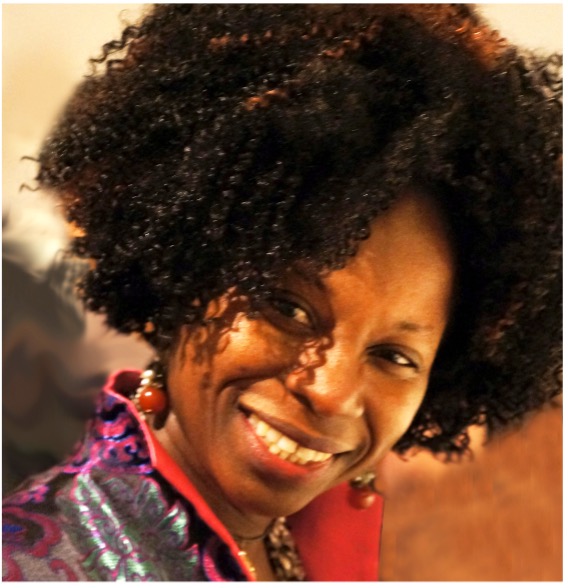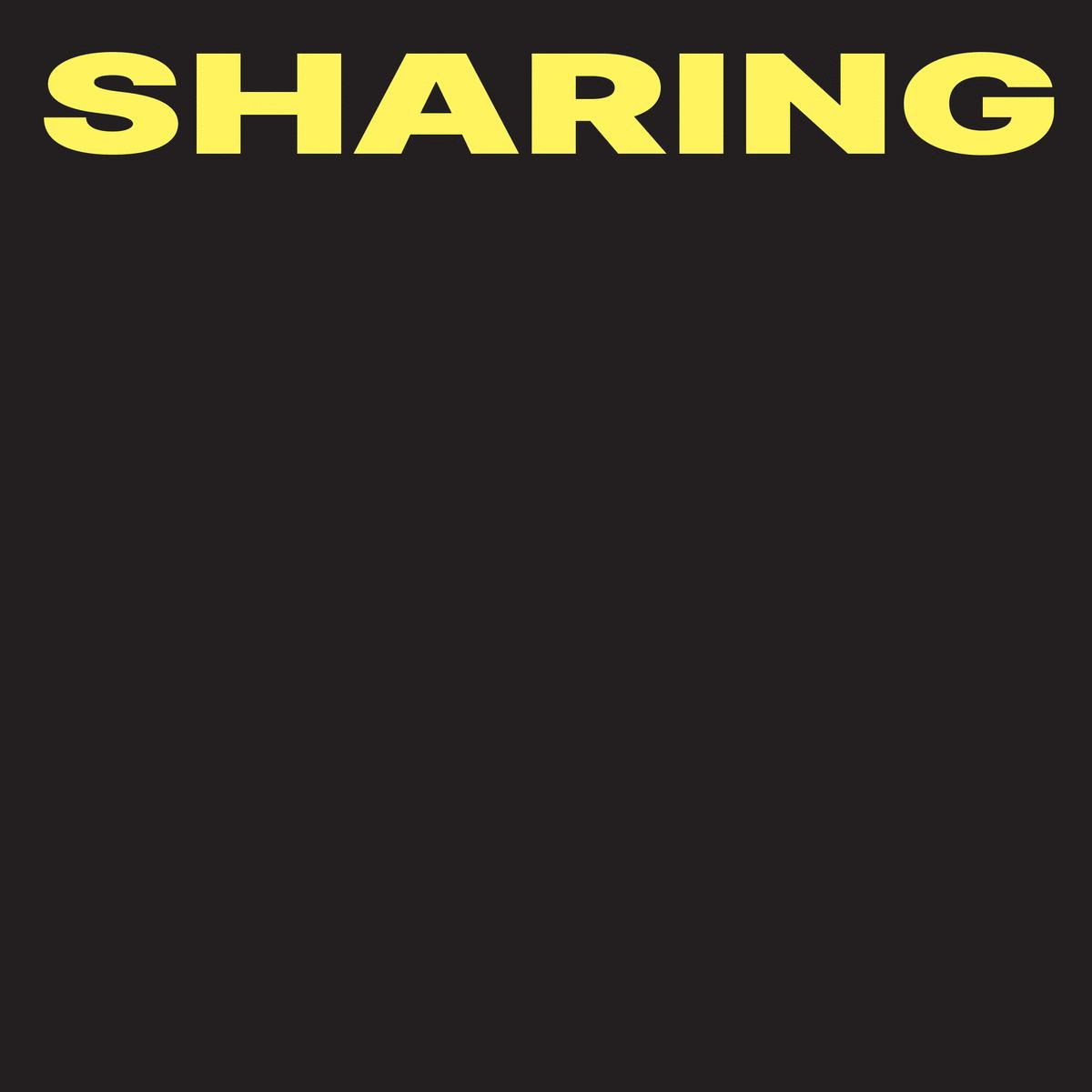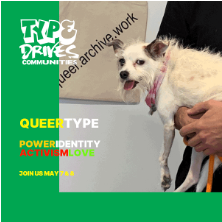
30 Jul TDC’s Zelda Harrison on Type Drives Communities
May 7-8, 2021, saw Type Drives Communities, the Type Directors Club (TDC) annual conference, an entirely virtual event in response to the restrictions enacted during the COVID2019 global pandemic. There’s a silver lining to these restrictions, in that virtual technology allowed an event featuring participants from around the globe. Presentations and panel discussions covered visual communication and type design, branding, and design case studies from “Argentina to Zimbabwe.” Conversations about community encompassed queer design, branding work for American BIPOC, immigrant and similar communities historically underrepresented at design events.
Newly-minted TDC board member Zelda Harrison, a Branding Consultant based in Southern California, led event planning as co-chair, along with Paul Carlos, TDC’s Past President. The Guild spoke to Zelda about the conference challenges and outcomes and what it means to build community during a pandemic.

What is the background of the conference? What does the theme – Type Drives Communities — mean?
The first TDC conference was four years ago. TDC wanted to talk about more than Type Design, about how type is found “everywhere,” is ubiquitous, that Type matters and has value. This gave birth to the conference’s theme: Type Drives Culture: since we believe that Type is in our cultural DNA. It was meant to be a recurring theme, but with the COVID19 pandemic, the in-person conference sponsored by the Parsons School of Design was canceled.
When I joined the TDC Advisory Board, the board was wondering whether to have a conference in 2021. I raised my hand and said, “Whatever we do, I’d love to be a part of it.” I found myself on a committee call, bouncing around ideas, wondering who would lead the next conference. Finally, Paul Carlos turned to me and said, “Zelda, why don’t we just do this?”. “Sure,” I replied. And we dove right in.
“Communities” was the operative word on the call. We wanted to say to our audience, “You’re not alone. Type unites us during the lockdown, and TDC is your tribe.” We wanted this conference to be a means to reach out to the isolated type designer or typographer and say, “We’re here for you, and we’ll keep on moving together through COVID19.”
As the world has become more globalized, type from culture to culture is becoming more integrated, and there are echoes between cultures. Is that part of what you’re talking about with “type drives communities” – are you speaking not only about the “local communities” but also this network?
I would focus on the word network. To be specific, I don’t believe we’re seeing so much a meshing of type design from culture to culture as much as we’re seeing designers being asked to work with typefaces from other cultures. For example, non-Asian designers are being asked to work with Asian typefaces or develop collateral that uses those typefaces. I’m example of that. In Los Angeles, where I am a designer, we have nine official languages. So, when I’m setting copy, I’m expected to work with a translator and set copy in several languages, such as Mandarin and Farsi. Asian designers have typically been expected to be effectively bilingual, working in English as well as their native language.
Another consideration we had is TDC’s reputation as a preeminent arbiter of excellence in typography and type design. However, in our competitions, there has been a concern that our criteria and judging haven’t always been grounded in an understanding and innate knowledge of the language and history of the (non-Latin) type under consideration. Consequently, our panel of competition judges for the past few competitions have been more diverse — certainly the most diverse we’ve ever had. We wanted to address our quest for diverse perspectives in the conference as well by bringing in people who are knowledgeable about diverse typefaces, have them showcase what they are doing.
We also wanted a balance between a global and a local (North American) perspective on diversity: as a global organization, when diversity is brought up, the default is to talk about Asian design, African design, European design. But as a US-based organization, TDC realizes that diversity means more; it’s about engaging BIPOC and queer designers, designers self-identifying as women – people who have not necessarily been acknowledged in typography and type design. As part of our Anti-Racism Pledge, it’s important that TDC touches all different aspects of community, not just globally but also within the United States and in environments that traditionally haven’t been represented in our conferences, salons, and activities.

There was such a range of communities represented in the conference programming, particularly from communities we don’t often hear from in the United States, such as Southeast Asia.
..that’s the beauty of the virtual world, the inherent interaction: the speaker was talking, comments were streaming in on the side, people were reacting, and the audience was having sidebar conversations. That hub of engagement was exactly what we were looking for; it was incredibly fulfilling.
Did making the conference virtual open a door since you didn’t have to bring people together physically?
When we realized the conference had to be virtual, we looked at each other and said, “We can go global!” We immediately understood we could work across time zones and archive presentations that we could give back to members to view as needed.
More importantly, we had the support of our new parent organization, The One Club. When we went to them and said, “We want to go virtual,” they replied, “no problem, we’re already doing that,” and gave us access to their conference platform. That meant questions about how and how much it would take to go virtual were promptly answered. The One Club gave us a lot of leeway with programming and setup. I have good experience with event planning, and I was struck by how virtual conferences actually feel more like television production.
While I was moderating presentations, I saw the comments come streaming in — people were participating and talking to each other. Comments came in from Ghana, South Africa, Argentina —mostly in English, but also in Tagalog and Indonesian. And that’s the beauty of the virtual world, the inherent interaction: the speaker was talking, comments were streaming in on the side, people were reacting, and the audience was having sidebar conversations. That hub of engagement was exactly what we were looking for; it was incredibly fulfilling.
We also created subprograms to encourage further engagement, such as our TDC Conference Registrant Directory, where participants could upload their work and submit questions for the speakers. Attendees told us that they were very excited by the fact that the keynote speakers made themselves available. Another subprogram was the TDC Conference Marketplace, where we invited people to post their swag and licensed materials and showcase it to the world. Our third subprogram was the TDC Conference Roundtables, small group conversations about the business of type design.
We wanted to be sure that we weren’t inviting the “elite,” well-known designers from a particular region or industry. Like the Graphic Artists Guild, we’re very conscious of wanting to engage designers who have not been traditionally represented.
The Type:Seeing presentations featured designers showcasing their homes: Athens, Montevideo, Ho Chi Minh City, and Barcelona. How were these cities picked? And what was common to these presentations from around the globe?
Oh yes! Type:Seeing is TDC’s signature program. Type:Seeing seems to be the most efficient way to have TDC members participate in programming. It was also important that the conference not be limited to a series of sage-on-a-stage events. We did a call for entries and were exhilarated to receive an enthusiastic response of high-quality submissions from across the globe. The cities were picked from that call-out, and we opted for pre-recorded videos to accommodate our contributors and the different time zones. The selection depended on who could meet the deadline. I must say, the sense of city pride was palpable. People instinctively turned to their communities and said, help me put something together to showcase our town. So, for example, Athens-based TDC member Panos Vassilou got several designers to comment on type across the city. It was definitely type driving community.
Another point of interest: I thought the presentations would be more organic and haphazard, with people cruising through their city, holding up their smartphones. But the presentations turned out to be much more structured, with people taking care to create something that could be archived. Each felt less like a diary and more like a documentary; people were very intentional in their narratives.



The Type Drives Communities conference presentations spanned a diversity of communities and topics.
Individuals can purchase a link to the archived conference for $49.
How else did the conference meet the theme, “Type Drives Communities”?
We wanted to be sure that we weren’t inviting the “elite,” well-known designers from a particular region or industry. Like the Graphic Artists Guild, we’re very conscious of wanting to engage designers who have not been traditionally represented.
I was so excited that we were able to capture the work of communities in the Philippines. We don’t often hear from that region, and thanks to Jo Malinos from Type63, we were privy to interviews with designers and typographers from up and down the country. People often forget that the Philippines is one of the largest archipelagos in the South Pacific, with a population of 109.5 million. Jo was able to showcase communities that brought out different aspects of Filippino culture.
We had a similar experience with Looking Within Africa, moderated by TDC board member Saki Mafundikwa. Four designers from Zimbabwe — not often the go-to reference for African design — showcased their inspiration from Zimbabwean culture, travel, and the relationships they’ve been developing with other African designers. Fungi Dube, for example, is part of an informal group of emerging designers across the continent (mostly East and West Africa) who frequently exchange ideas about incorporating their visual aptitude into everyday African design.
That panel discussion led to a rather interesting conversation about design appropriation. An attendee asked if the Zimbabwean designers weren’t appropriating West African design. The response from the panel was that appropriation implies a lack of credit or acknowledgment, as well as profiting from and passing off someone else’s culture and design as one’s own. The Zimbabwe designers felt that they weren’t doing that. More importantly, they felt that they were celebrating and highlighting the work of cultures that are not acknowledged or well-known. For them, there is an important distinction between celebrating design inspiration and design appropriation.
The attendee demurred, indicating he is expected to invite community members to speak directly to the inspiration they bring to his workshops and have them integral to conversations about his design. Given the nature of his work, using design for social support and community engagement to lift his client communities out of poverty, this makes perfect sense since the community members essentially are the designers.
I personally believe that “appropriation” was being applied rather liberally. This word is sometimes used out of context, intimidating designers who may not be indigenous to a culture; I think more care needs to be taken to explore the nuances of how design is being used; and the designer’s intent.
How was the conference received?
Reviews from attendees have been amazing. The feedback was through the roof in terms of how much they enjoyed it and how much they learned. The only limitation our global audience faced was the time difference since it was a live event. But we noticed, for example, that our Australian audience relied on our recordings (available to registrants) to get around the time difference. A lot of people were grateful that if they couldn’t attend, they at least had access to the recordings.
How would you like the next conference to build off of this conference?
Lately, TDC salons and activities have highlighted non-Latin typefaces — Arabic type design and calligraphy, Asian and African typefaces (inspired from ancient African character design). I would like to see the next conference have conversations about this. But I would also like to keep the focus on design communities and how they are thriving, empowering, and supporting each other.
As awful as the pandemic is, we rode that tiger and saw the possibilities it offered. Everyone is watching the world open back up, wondering if we go back to business as usual. We’re working hard to keep the momentum going, and we have a platform to do that, thanks to The One Club. That’s where the idea of a hybrid conference, combining a virtual event with in-person sessions, comes in. I look back to many awesome events I’ve attended that unfortunately fade into lore owing to a lack of archives or recordings. The hybrid conference model can address this; it allows one to go back, revisit our discussions with future audiences and communities. I relish the promise of Type Drives Communities 2022.
Credits: All images reproduced courtesy of TDC. Type Drives Community Animation: Zelda Harrison & Paul Carlos. Type Drives Community logo by Cey Adams.
Type Design: Bitter designed by Sol Matas for Huerta Tipográfica; Qutotes designed by Yani & Guille for Sudtipos; Paste by Tapiwanashe Sebastian Garikayi
